People often ask me about the best way to detoxify.
Am I a fan of infrared saunas? Or of chelation to remove heavy metals? And what about intermittent fasting, coffee enemas, or cleansing programs? Or Epsom salt baths and megadoses of vitamin C?
Some of these ideas can have value. But with detoxying your body, the first thing to do is to stop bringing toxins into your body in the first place. And the place to start is with the food on your plate.
We now have the most addictive and chemical-laden food in the history of humanity.
The sheer number of food additives in use today is staggering. But the disturbing reality is that only the companies making them declare them safe. And they do so without any testing or oversight from governmental agencies.
In a sea of toxins, it’s nice to know that your body can do a pretty good job of handling them, most of the time.
How Your Body Detoxes Naturally (and Brilliantly)
Your body’s detoxification system is constantly hard at work eliminating dangerous toxins and invaders before they can harm you.
Six organs, in particular, have critical roles:
The Liver

Your liver is your body’s most powerful weapon against toxins.
It performs some 500 functions. For example, it filters the blood and deactivates toxins. These toxins include food additives, medications, and excess hormones.
The liver also shuttles nutrients into your bloodstream. And it transforms the rest into waste material that exits your body via your kidneys or intestines.
The Kidneys
Kidneys perform several functions, including regulating fluid and electrolyte balance in your body. They also help to control your blood pressure and deal with hormone secretion.
You might think of your kidneys as the ultimate quality assurance team for your blood. They receive and filter your blood. And then, they excrete wastes from muscle metabolism and urea from protein breakdown.
They also eliminate excess fluid, bacteria, medications, and other chemicals through your urine.
The Gastrointestinal System
From your mouth to your colon, your intestinal tract both digests foods and helps to eliminate toxins.
Intestinal microflora breaks down nutrients, which are absorbed into your bloodstream. Toxins are routed to your small intestine and removed from your body through excrement.
The Respiratory Tract
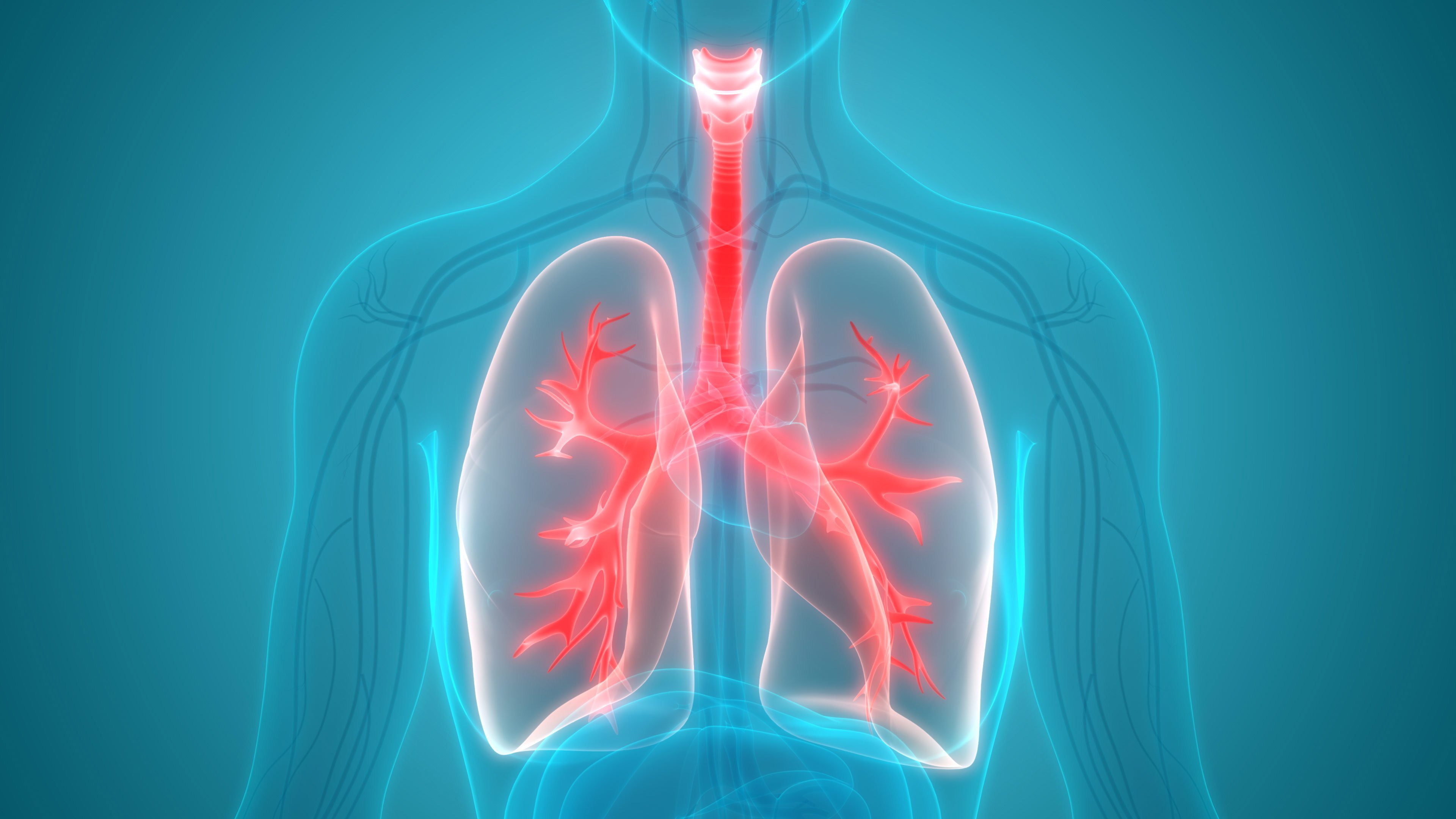
Your respiratory tract (lungs and bronchi) removes toxins mainly in the form of carbonic gas, as well as phlegm.
Your lungs are busy. They breathe in and out approximately 11,000 liters of air every day. And unlike the filters on vacuum cleaners and HVAC systems, you don’t need to replace them on a regular basis!
The Skin
Skin is, technically, an organ. It plays an important role in the elimination of toxins.
Research has found sweating assists in the elimination of BPA, phthalates, and heavy metals.
And while it can be porous (absorbing skin cream, for example), skin keeps out all sorts of bad things. It has the ability to block dangerous bacteria and even poisonous chemicals. In other words, skin is your body’s first line of defense against a broad array of toxins.
The Lymphatic System
Your lymphatic system includes fluid-filled nodes, vessels, glands, and organs.
Its main purpose is to cleanse toxins and protect against invaders. Also, it carries waste away from your tissues and into your bloodstream where it can be processed and removed.
Why We’re Overloaded with Toxins
Your body’s detoxification system is powerful. But in our modern age, it’s also likely under considerable pressure.
Pesticides, hormones, antibiotics, heavy metals, chemicals, and stress can all strain your natural detoxification systems. It’s like one person is mopping the floor while another is stomping around the kitchen in muddy boots.
And toxin exposure starts early. Before we’re even born, in fact. Testing of the umbilical cord blood of newborn babies has revealed an average of over 200 synthetic chemicals. And some of them have carcinogenic potential.
The effects many of these chemicals have on our bodies still aren’t fully understood. Yet evidence ties many of them to health problems.
And drinking water can be a source of toxins, too. Studies have found an array of chemicals in public water supplies including chlorine, lead, Chromium-6, and drug residues from antibiotics, antidepressants, hormones from birth control pills, and painkillers, among others.
(For an overview of the problems with our drinking water and a review of some of the top water treatment options, click here.)
Stress can also play a part. It diverts energy and other resources from the detox process.
The physiology of stress is rooted in the “fight or flight” response. The body interprets this as signaling a clear and present danger to our continued existence.
Detoxing when the body needs all its energy to escape from a predator would be like insisting on mopping the floor while a tornado bears down on your house.
But because most of our stressors are mental and emotional (traffic jams, financial worries, annoying emails), the body can under-prioritize detoxification even when it’s the most useful thing it could be doing.
Given the prevalence of toxins in our environment — and often also in our bodies — many people want to know what they can do to protect themselves.
Can you remove these harmful substances? Or will they stay with you for life?
Does “Detoxing” Help?
The term “detox” has many different uses.
The most common type of “detox” is a program that weans people off of alcohol and drugs. That makes sense. Because when someone is under the influence of these substances, they’re “intoxicated.” That is, they suffer from the effects of toxins in their bodies.
In natural health circles, detoxes are typically used to deal with environmental exposure to toxins, gastrointestinal disorders, and autoimmune diseases. They are also used for general cleansing and preventive medicine.
Practitioners who offer detoxes often claim that they can aid in weight loss, support digestion, and fight inflammation, allergies, bloating, and chronic fatigue.
Because “detox” has become such a massive health buzzword, the term is, unfortunately, used to sell a lot of products and services with no basis in science.
Some detox programs recommend using laxatives or diuretics, going into “starvation mode,” going overboard with unsustainable exercise routines, popping unproven (and expensive) supplements, drinking diet sodas sweetened with dangerous chemicals, or even going on a grapefruit diet. None of these approaches prove to help in the long run.
Do your research before you consider a new detox regimen or program. And remember — the best and safest way to detox is to eat real, healthy foods.
How Detox Foods Can Boost Your Detoxification Ability
Research shows there are specific foods that can help your body boost its detox power.
Unlike many of the popular “detox” programs and supplements out there, these foods help your body flush out toxins. And they also provide many other positive health benefits, as well.
Here are 12 of the top detox foods and drinks:
1) Cruciferous Vegetables and Leafy Greens

Cruciferous vegetables and leafy greens are on almost every list of the world’s healthiest foods — and detoxifying foods are no exception. This class of leafy veggies includes broccoli, cauliflower, cabbage, Brussels sprouts, and bok choy, among others.
A 2015 study published in the journal Evidence Based Complementary Alternative Medicine reported that cruciferous veggies boost liver health through anticancer, anti-inflammatory, and antiviral effects. They’re also high in fiber, which encourages the excretion of toxins through bile and stool.
Spinach and dandelion greens — among other veggies on the list — are excellent sources of chlorophyll, which is considered the top detoxifying plant pigment.
And broccoli, in particular, has been linked to protection against air pollution. Broccoli sprouts also contain enzymes that protect against cancer-causing chemicals.
2) Lemon
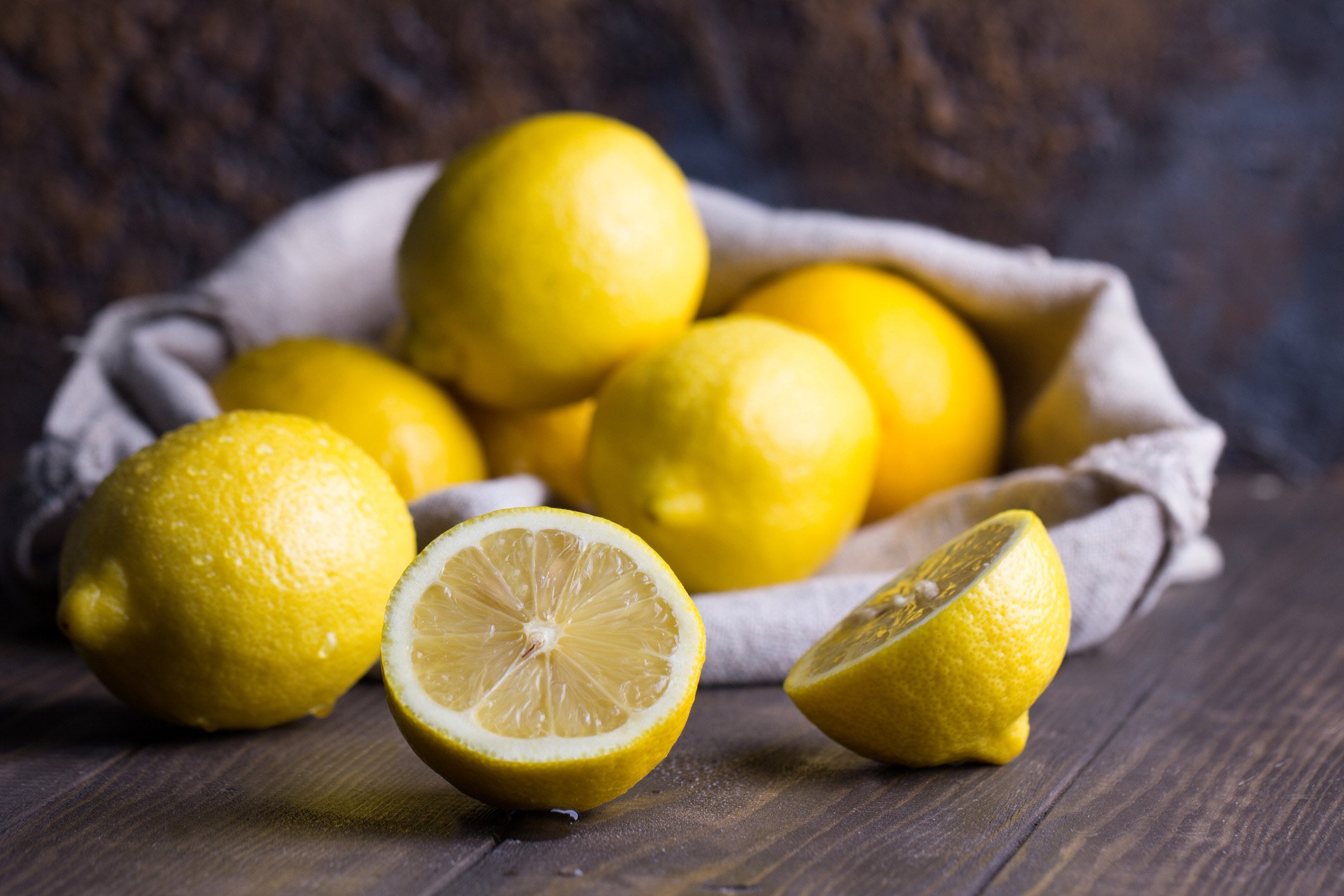
Lemons are one of the best detox fruits you can find. A 2014 study published in the Journal of Medicinal Food found that the citric acid in lemons can protect liver function and prevent oxidative (stress-related) damage.
Another 2014 study published in the Journal of Nutrition and Metabolism found that daily lemon ingestion — combined with daily walking — helps regulate blood pressure.
Many people choose to consume lemon water to get their fill. All you need to do is squeeze fresh, organic lemon into a glass of water for an amped up version of H20. If you drink this a lot, you may want to drink it with a straw and rinse out your mouth with water right away.
(Be sure NOT to brush your teeth soon after drinking lemon water, or other acidic beverages. This could harm the enamel on your teeth.)
For our article on how to use lemon in recipes, click here.
3) Avocado
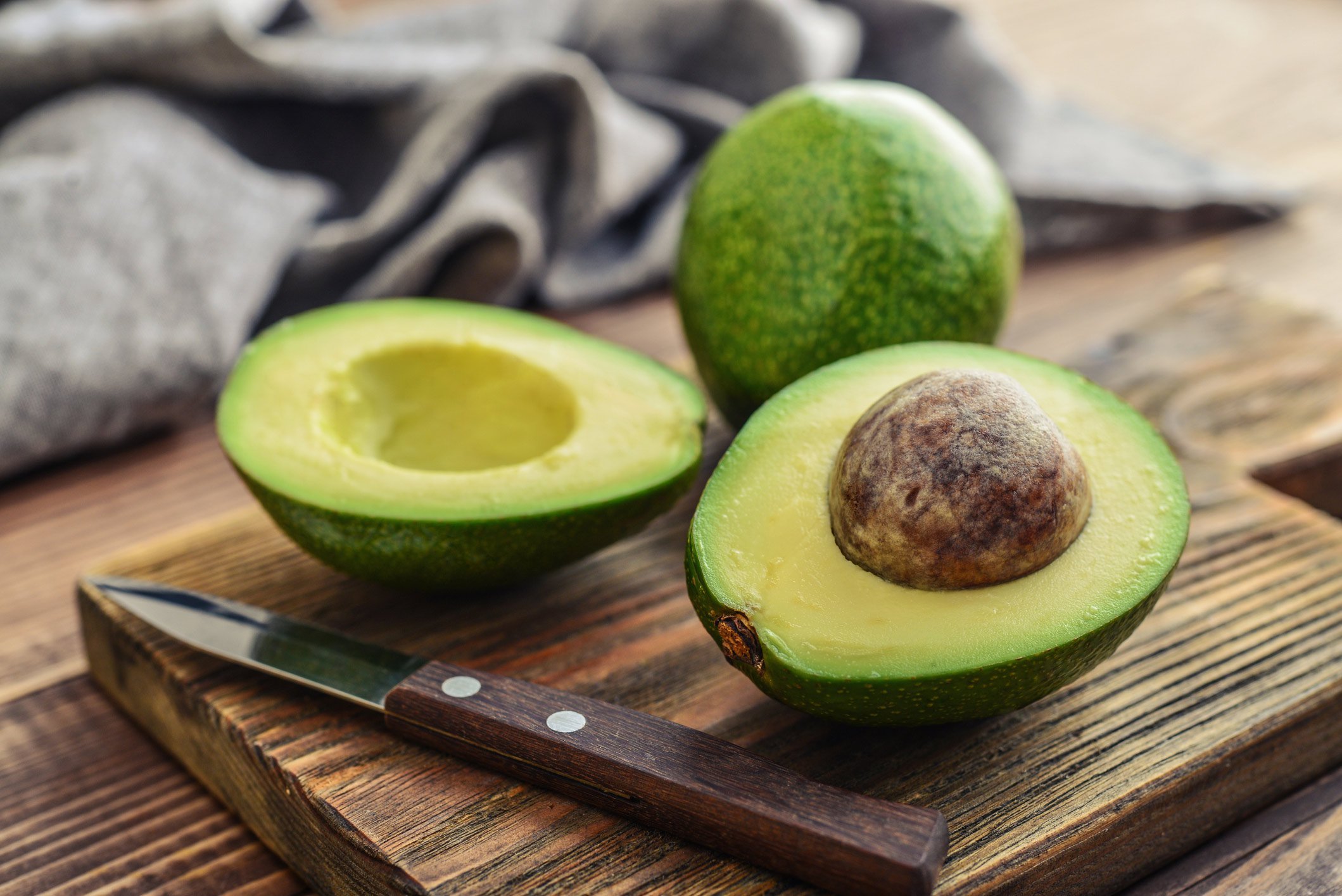
Dubbed “America’s new favorite fruit” because of its rise in popularity, avocados have a wealth of antioxidants and other nutrients.
A 2001 study published in the Journal of Agricultural and Food Chemistry found that the fatty acids in avocados help protect against damage caused by d-galactosamine, a powerful liver toxin.
4) Green Tea
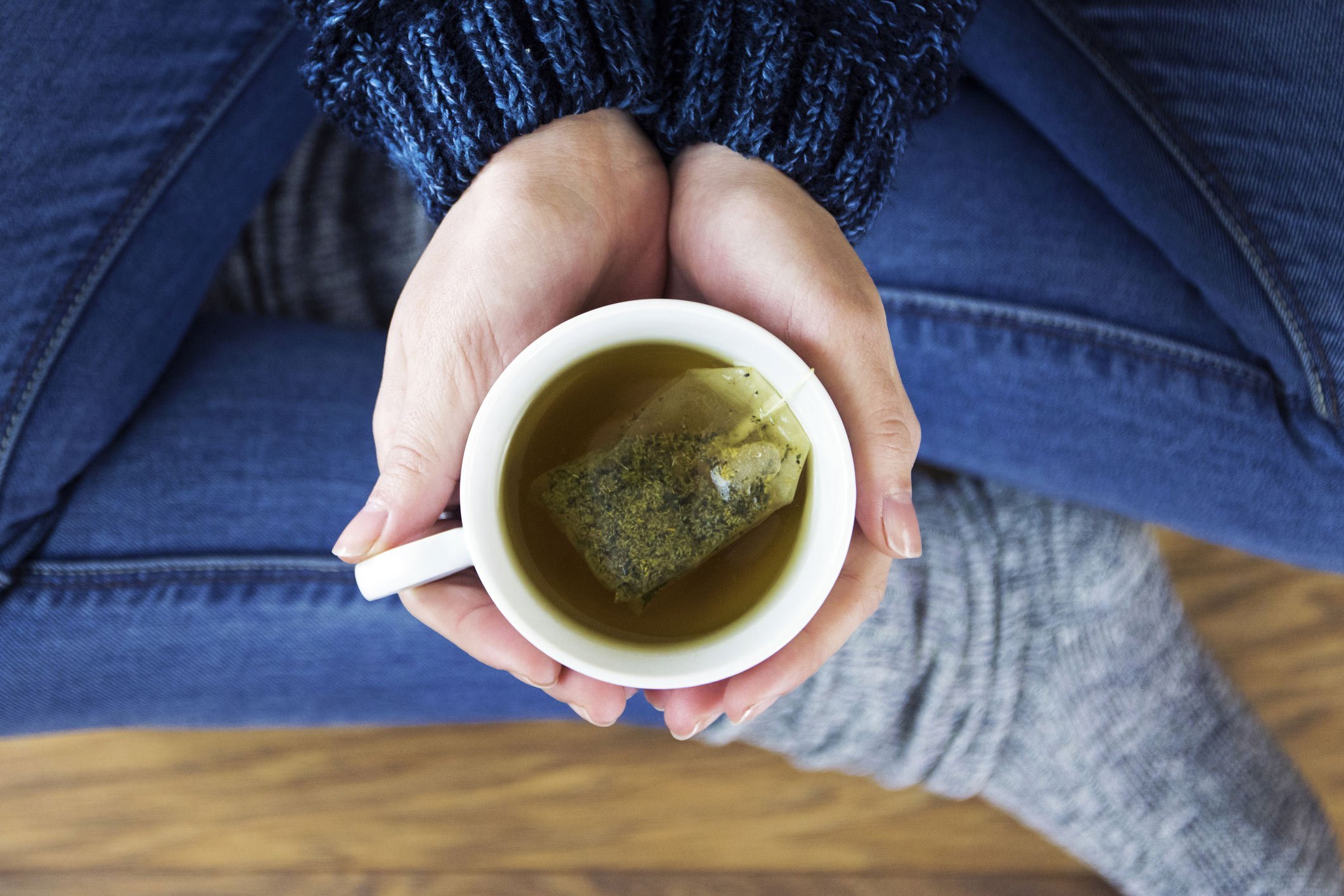
Green tea is universally considered a good-for-you beverage. And it’s been used as a medicinal aid for thousands of years.
High in antioxidants, it helps keep your body in balance, protecting against free radicals that can cause aging and degenerative disease.
Green tea may also have a protective effect against certain types of cancer.
A 2007 study published in the journal Cancer Epidemiology, Biomarkers & Prevention found that a green tea concentrate boosted production of detoxification enzymes, which play a key role in cancer prevention.
5) Apples
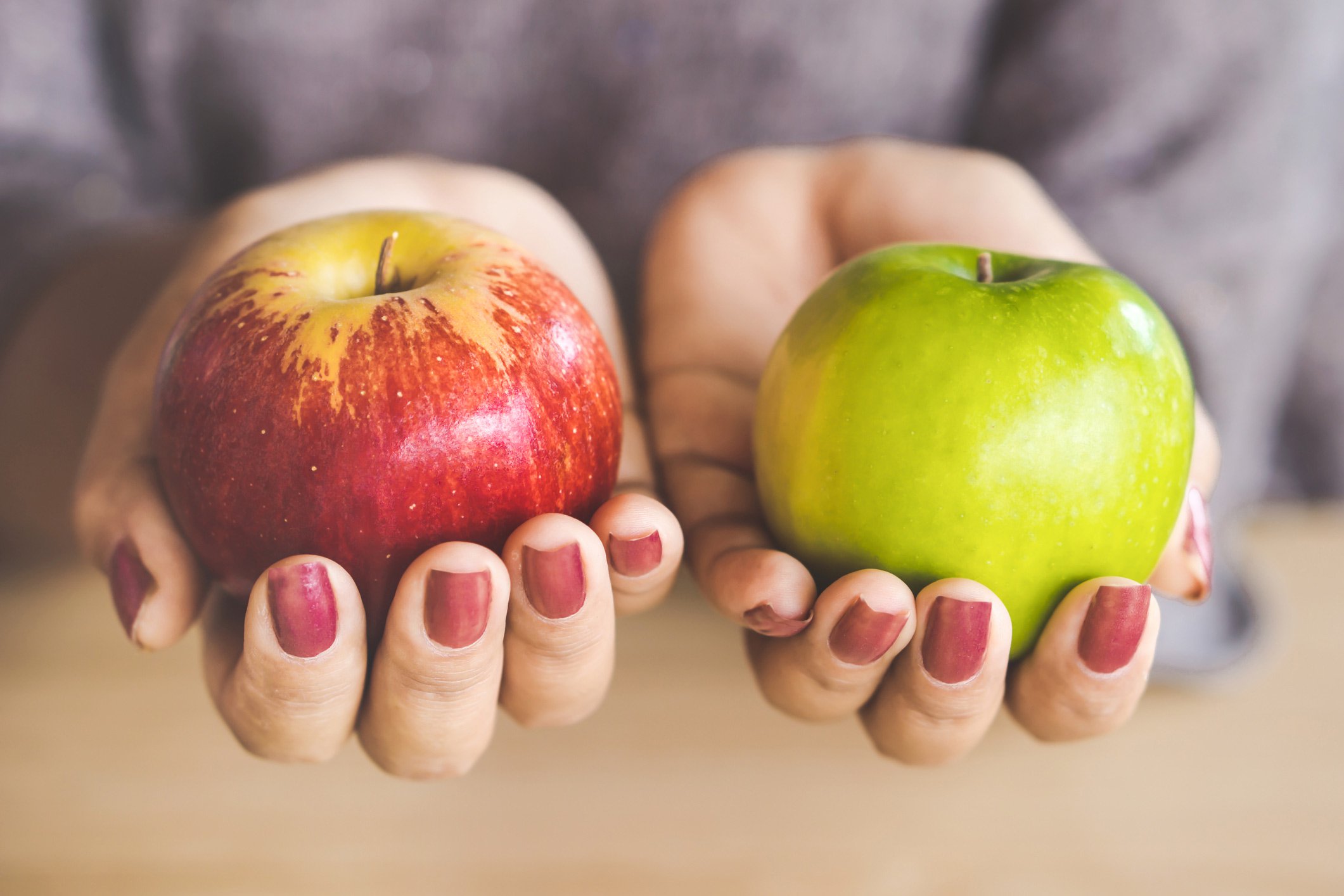
These popular snacks are rich in the soluble fiber pectin. The pectin in apples helps purge toxins from the bloodstream and lower LDL cholesterol.
A 2006 study published in the journal Phytotherapy Research found that pectin can aid in the excretion of toxins, such as mercury and lead.
6) Garlic

A 2014 research review on the studies about garlic published in the Avicenna Journal of Phytomedicine found that this spicy veggie has a whole host of health benefits.
Researchers found that garlic can inhibit the activation of carcinogens, enhance detoxification, and even protect DNA.
7) Chlorella
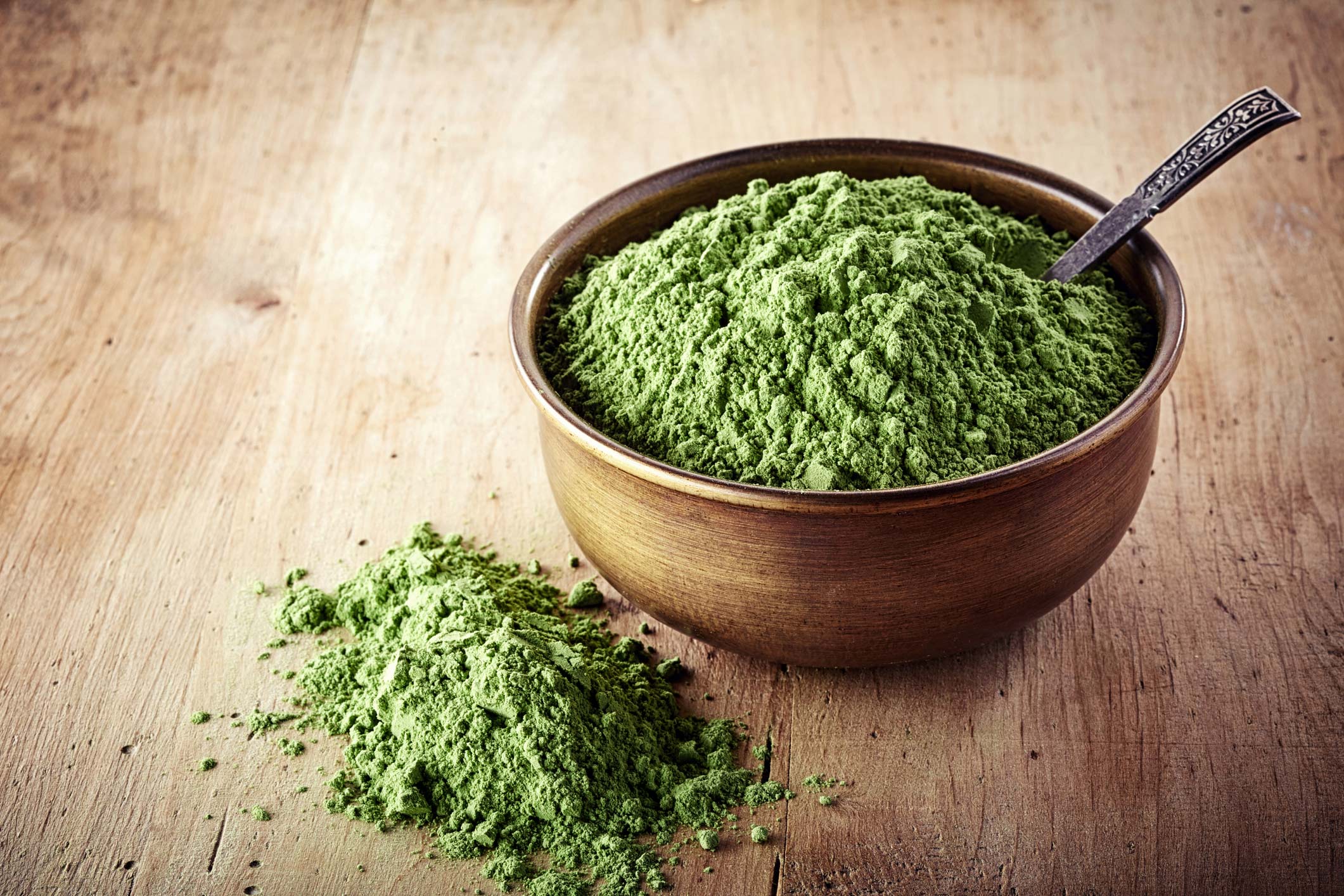
With many positive effects for everything from mood to heart function, some consider this bright green alga to be a wonder food.
Evidence shows Chlorella may help with depression and anxiety, reduce excess weight, and lower LDL cholesterol. It also helps reduce liver inflammation.
Four grams or more (about two teaspoons) per day for at least eight weeks is the recommended amount to kickstart the benefits. If you like, you can stir it into your morning juice or add it to a smoothie!
8) Turmeric
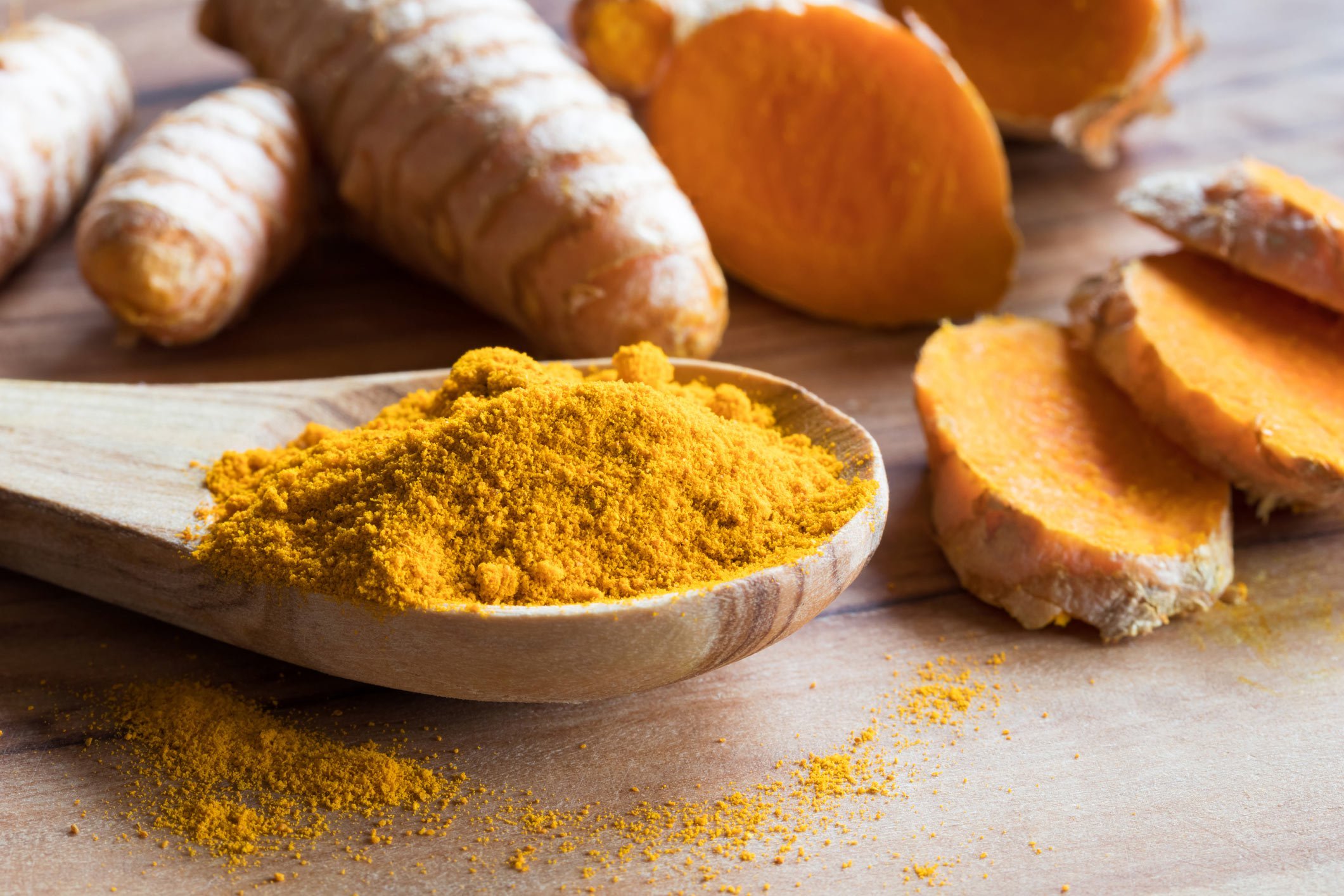
Also known as “Indian saffron,” this gorgeous yellow spice has been used medicinally for nearly 4,000 years.
In 2011, the editors of Herbal Medicine: Biomolecular and Clinical Aspects reviewed the evidence on this ancient spice. They found it to have “antibacterial, antiviral, anti-inflammatory, antitumor, antioxidant, antiseptic, cardioprotective, hepatoprotective, nephroprotective, radioprotective, and digestive activities.”
The primary active ingredient in turmeric is curcumin, which gives it its bright yellow color. However, if you just eat turmeric straight, you may not absorb much. I love mixing fresh and dried turmeric into all sorts of foods. And I always try to include black pepper because studies show that piperine (found in black pepper) helps to increase curcumin absorption substantially.
Note: Purality Health has developed a curcumin supplement that uses a cutting-edge micelle liposomal delivery mechanism, which has been found to increase bioavailability by up to 185 times. Click here to find out more.
9) Beets

These bright-red veggies contain high levels of antioxidants and other health-promoting properties.
But beets are also a detox tool. A 2015 study published in the journal Nutrients found that beet juice can amplify specific enzymes that support the liver and aid in detoxification.
10) Blueberries

Besides being delicious, blueberries are nutrient-dense and are an abundant source of antioxidants.
They’ve been shown to lower blood pressure, boost vascular health, fight cancer, protect lungs, and prevent Alzheimer’s, among other effects.
As far as fighting toxins, a 2011 study published in the journal Applied Physiology, Nutrition, and Metabolism found that the berries enhanced the activity of the body’s natural killer cells, which fight against cancer cells.
11) Cilantro
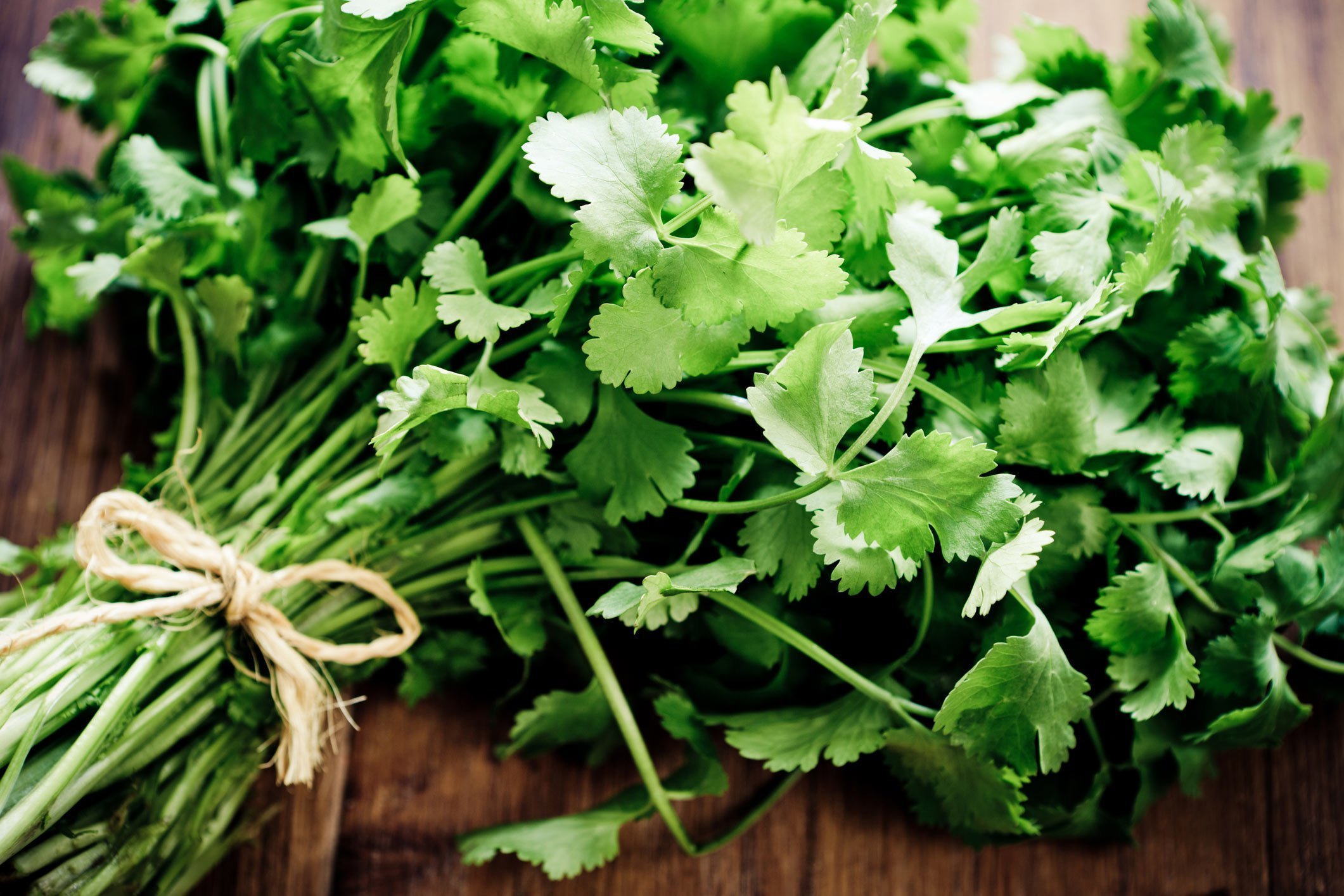
Some plants can bind to heavy metals and help your body excrete them. Those plants are known as “chelators” and this flavorful herb is one of them!
A 2013 study published in Scientific World Journal found that cilantro can enhance mercury excretion and decrease lead absorption.
12) Ginger
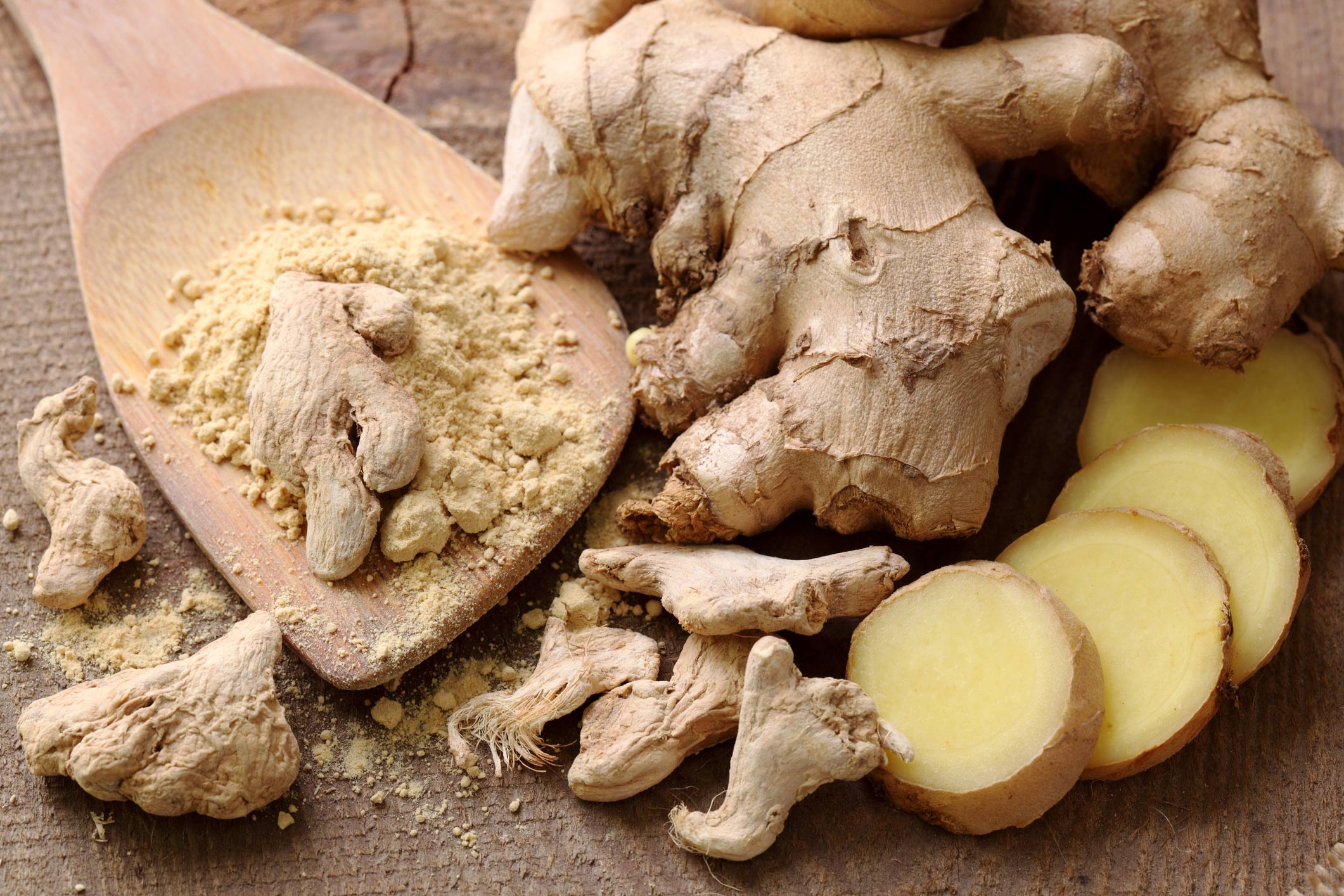
Rich in phytochemicals — the healthy compounds found in plants — many people use ginger as a gastrointestinal aid.
Since the intestines perform so much detoxification work, ginger can help boost your body’s ability to process food and eliminate waste.
A 2013 research review published in the International Journal of Preventive Medicine found that ginger protects against oxidative stress, has anti-inflammatory and anti-cancer effects, and offers a wealth of antioxidants.
A Word About Probiotics and Prebiotics
Probiotics (or good gut bacteria) can help your intestines as they naturally release toxins and waste products.
Foods, such as sauerkraut, kimchi, kefir, and pickled vegetables, are great examples of probiotics.
Then there are prebiotic foods, which serve as fuel for the probiotics. Those include jicama, onions, leeks, and asparagus, among others.
For more on how to include the right foods for supporting your digestive system, check out our article on probiotics and prebiotics.
Foods to Avoid When Cleaning Out Your Body
In stark contrast to detoxifying foods, other foods tend to have higher concentrations of toxins. If you’re looking to cleanse your body, you should avoid them.
As you learn how to get rid of toxins from your body naturally, the first step is to avoid foods and drinks that are sources of toxins. These include:
Most Fish
Most fish flesh contains high levels of chemical residues. These chemicals include mercury and synthetic chemicals called polychlorinated biphenyls (PCBs).
According to the CDC: “Seafood poisoning from marine toxins is an underrecognized hazard for travelers, particularly in the tropics and subtropics.”
And because of the plastic problem in the ocean, almost all fish are consuming microplastics. As a result, the microplastics will end up in your stomach if you eat fish.
If you choose to eat fish, the least dangerous options for humans (all fish consumption is lethal for the fish) are low-mercury fish, such as wild salmon, sardines, and herring. Read our article about farmed fish, here.
Meat
In 2015, the World Health Organization classified processed meats (bacon, lunchmeat, hot dogs, etc.) as carcinogenic (cancer-causing). Therefore, it’s best to avoid them altogether.
Even unprocessed meats are often contaminated with bacteria due to the processes, equipment, and condition of many farms and slaughterhouses.
Dairy
Cow’s milk contains a whole host of substances — including powerful growth hormones — that can cause health issues in humans.
Dairy consumption has been linked to acne, asthma, heart disease, and many types of cancer.
A 2011 study published in the Journal of Agricultural and Food Chemistry found up to 20 different chemicals present in cow’s milk. These included the anti-inflammatory drugs niflumic acid, mefenamic acid, and ketoprofen (all painkillers for animals and people).
If you want to ditch the dairy, you can opt for plant-based milk, such as cashew, almond, soy, or oat instead! (See a doctor’s thoughts on the healthiest plant-based milk here.)
Genetically Modified Foods (GMOs)
The agrochemical companies behind GMOs claim that their crops reduce pesticide use, increase yields, reduce water consumption, and offer foods that are tastier and more nutritious.
But in the 25 years since GM crops first came on the market, studies have found that they have led to higher pesticide use, and no meaningful improvement in flavor, nutrition, yield or water consumption.
Instead, what they’ve created are plants that are engineered to withstand massive dosing of toxic herbicides — and plants that function as living pesticide factories. Bayer’s Bt. corn, for example, is actually registered with the EPA as a pesticide.
Many credible scientists have significant concerns about the safety of these crops for human and animal consumption.
In multiple studies, lab animals fed genetically modified foods showed damage to almost every organ system studied. Thousands of sick, sterile, and dead animals have also been traced to GM feed.
And GM crops are typically contaminated with glyphosate, which is a probable carcinogen and a known endocrine disruptor.
The primary GMO foods available in the U.S. are corn, soybeans, canola, sugar beets, papaya, and cottonseed oil. Many processed foods also contain genetically modified corn and soy.
You can avoid GMOs by steering clear of these ingredients unless they are organic or certified non-GMO. (For more on the difference between organic and non-GMO certification, click here.)
Your Body Knows Best
Cleansing your body of toxins is about much more than an occasional detox program or antitoxin diet.
The best way to cleanse your body is by eating and drinking detoxifying foods and beverages that keep it clean and healthy.
When you protect your liver and other detox organs, you protect yourself from many diseases and viruses.
Remember: Your body knows how to take care of you — as long as you take care of it!
Tell us in the comments below:
- Have you tried any detox diets?
- What are your favorite ways to eat these detoxifying foods?
- Did this article teach you what you wanted to know about food and detoxification?



